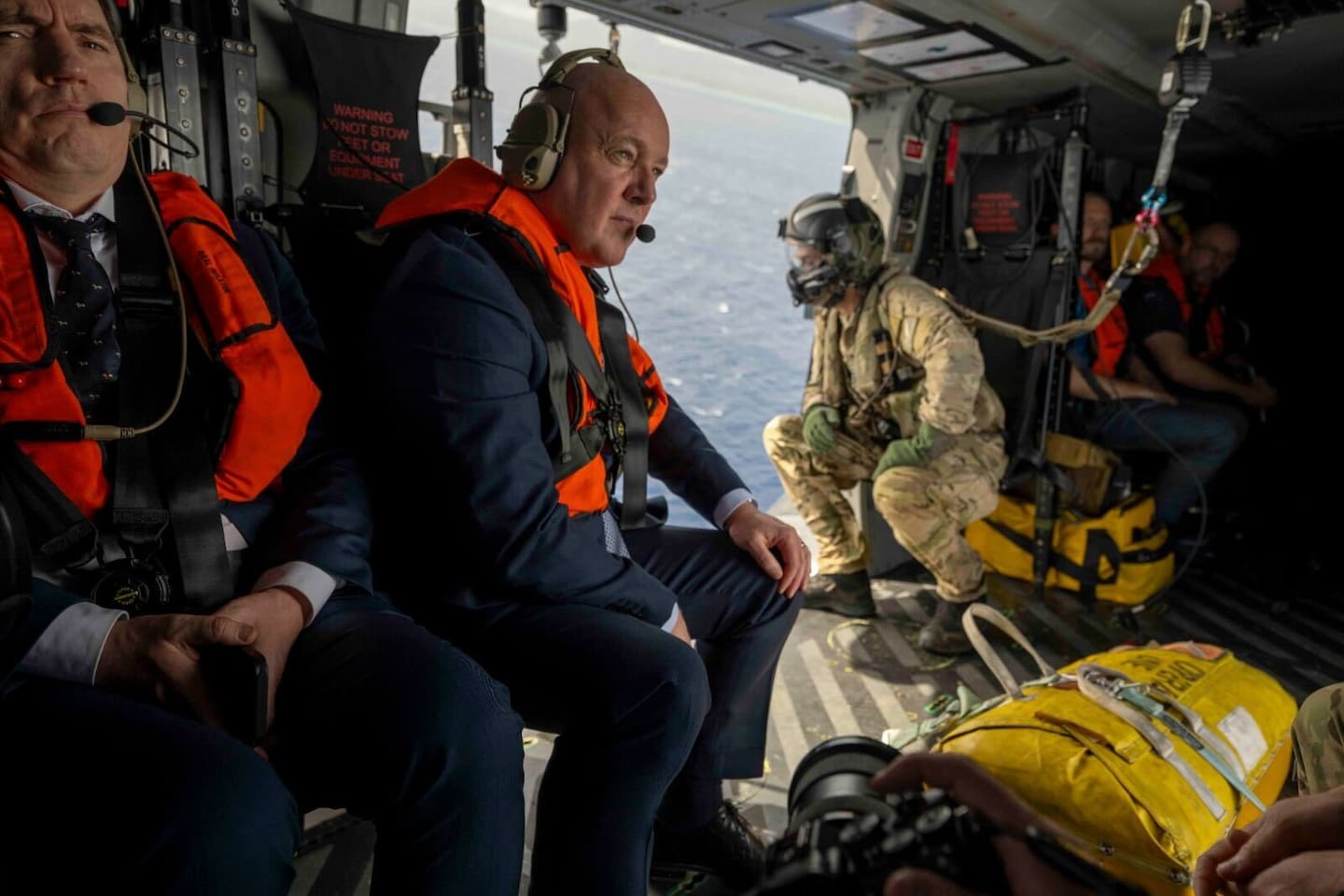Record levels of attrition in the Defence Force has resulted in thousands of vacancies across the board, raising concerns New Zealand’s military isn’t combat-ready.
Data released under the Official Information Act shows there were 3066 regular force positions and 728 civilian roles vacant as of the end of March.
Within the regular force (full-time service personnel) about half of the unfilled roles were in the Army, while there were more than 600 empty in both the Navy and the Air Force.
Figures also show that, as of the end of February, about a third of all regular force roles were vacant.
More than 1000 of those had been empty for more than a year, and almost 400 had never been filled.
It comes as the Government plans to spend $12 billion on Defence over four years, including for equipment like maritime helicopters and improving strike capability.
A NZDF spokesperson acknowledged the number of vacancies and says it will take time to address.
They said the number of vacancies was the result of record levels of attrition, which had particularly impacted the numbers in middle ranks and specialist trades.

“Regular Force attrition is dropping with it at 6.8% at the end of May, down from a peak of 15.8% at the end of December 2022.”
The spokesperson said the May Budget made available considerable new funding (totalling $4.2 billion) for the New Zealand Defence Force to address capabilities, operations, personnel and infrastructure.
READ MORE
- NZDF accepted nearly half-million in gifts, probe finds
- WWII squadron resurrected as NZ's first dedicated space u
- NZDF plane lands in Middle East — no takers from Kiwis in Israel
- New Zealand’s Intelligence Conundrum: Five Eyes or No Eyes?
It includes $156 million over four years for military allowances, as well as new funding of $600m for increased activity.
They said the Defence Force has also recently launched a new recruitment campaign.
The public sector union says this vacancy data shows the Defence Force is not combat-ready.
PSA National Secretary Fleur Fitzsimons said the numbers showed our personnel were under immense pressure trying to fill gaps.
“We cannot afford these vacancies in our force, considering the uncertain geopolitical times we live in.”
Serving personnel advocacy group Mission Homefront said the Defence Force was stretched thin and personnel were not being rewarded for the increased workload.
Co-Director Erin Speedy said she was hearing some personnel were leaving because they were struggling to feed their families and cover bills.
“When you’re not entitled to conditions like overtime and working 24/7 to cover gaps, the pay’s not worth it.”

Co-director and former lieutenant colonel Hayden Rickets said the Government was investing billions into new equipment, but it needed to invest the same in to the people.
“During the Manawanui sinking, we had an inexperienced crew doing something they weren’t trained for and the worst possible thing happened.”
University of Waikato Global Security senior lecturer Dr Reuben Steff said to increase recruitment, the military career needed to be appealing, with good wages, skills and training, mentoring, and solid living facilities.
He said it needed to be made clear that New Zealand’s geographic remoteness offered no guarantee of security.
Steff said that, with more severe climate change-induced emergencies likely and growing tension in the South Pacific, a modern military was essential.
“We have forgotten that Imperial Japan in WWII made it down to the South Pacific. Had that war gone differently, Australia and New Zealand would have been pulled into its brutal sphere of influence.”







